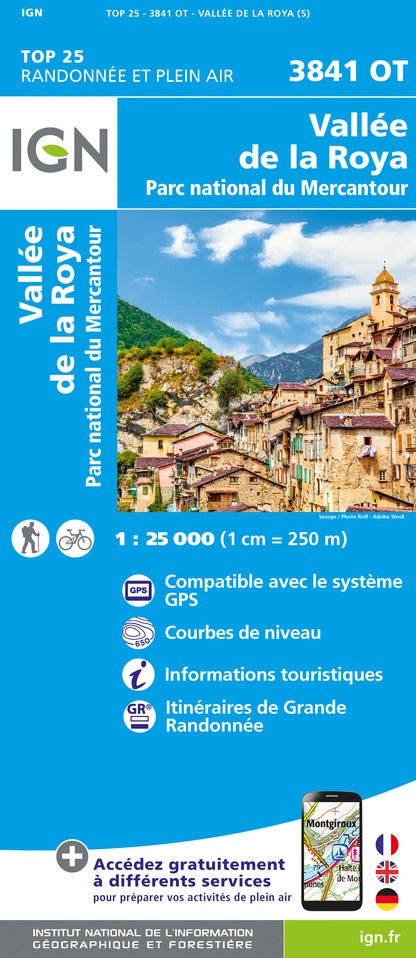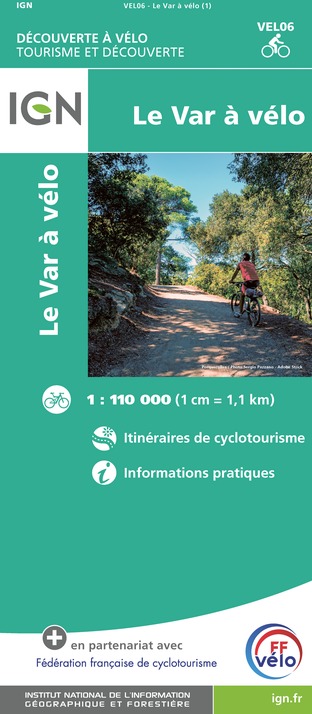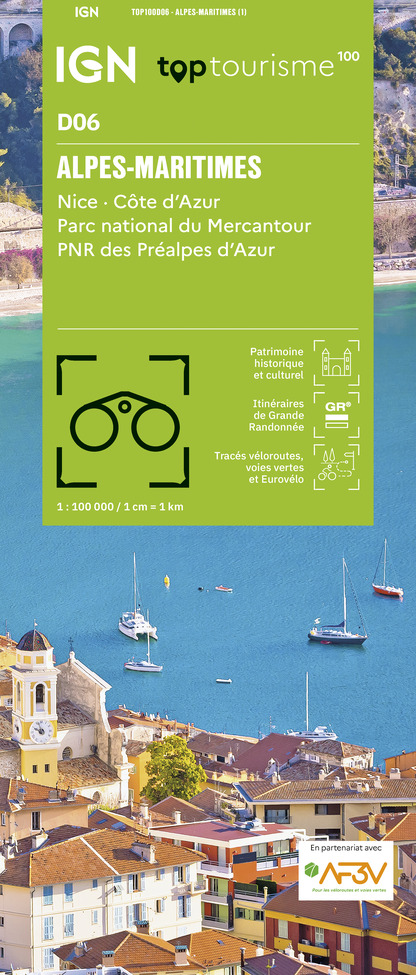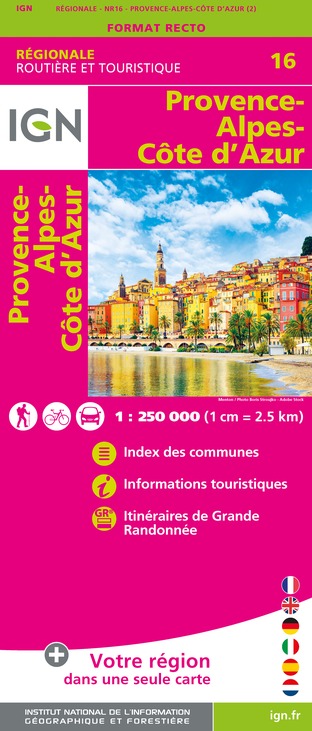Alert
Alerts
Saint-Marc Church of Piene-Haute
Description
Built at the beginning of the 18th century, the main façade dominates a small square at the end of the hamlet. Its chevet and presbytery are founded on a sheer cliff 200 m above the Roya. A narrow rocky passage leads to the old castle, to the north.
Technical Information
Altimetric profile
Additional information
Price(s)
Free of charge.
Updated by
Office de Tourisme Menton, Riviera & Merveilles - 12/06/2025
www.menton-riviera-merveilles.fr/boutique/
Report a problem
Contact
Phone : 04 83 93 98 34
Email : breil-tourisme@menton-riviera-merveilles.fr
Facebook : www.facebook.com/officebreilsurroya/
History, culture and heritage
It dates back to the beginning of the 18th century and its facade evokes the baroque taste of Liguria with its original oculus, its curved pediment and its double revolving staircase that leads the visitor upwards and invites him to enter the building. The nave is flanked by aisles that house the various chapels. The trompe-l' oeil dominates: the wall paintings imitate marble and draw false windows decorated with red curtains on the cornice. The altarpieces are decorated with twisted columns, fake marble, polychrome stucco and graceful cherubs. A MUST-SEE: - The high altar in polychrome stucco finished in 1728 with 4 twisted columns supporting a pediment with angels. In the centre: the statue of Saint Mark with his lion is surrounded by those of Saints Peter and Paul. - The altarpiece of the Souls in Purgatory with a canvas dating from the end of the 17th century. A little higher up are the mortuary emblems and skulls: one with a wig, one with a cardinal's hat, one with a mitre and the last with a biretta. The heads of the dead remind us of a saying: all people are equal before death, regardless of their rank or function during their lifetime. In the intrados of the triumphal arch, we can see Jesus accompanying the donor and the Virgin Mary accompanied by the donor in regional costume from the last third of the 18th century. On the extrados of the arch are cherubs extinguishing the flames of Purgatory, on either side Adam and Eve picking the apple, the Pope and an Emperor, a warrior and a courtesan, Saint Lazarus and death. - The chapel of the Sacred Heart (mid-18th century) with angels climbing the twisted columns.
IGN cards







Data author
